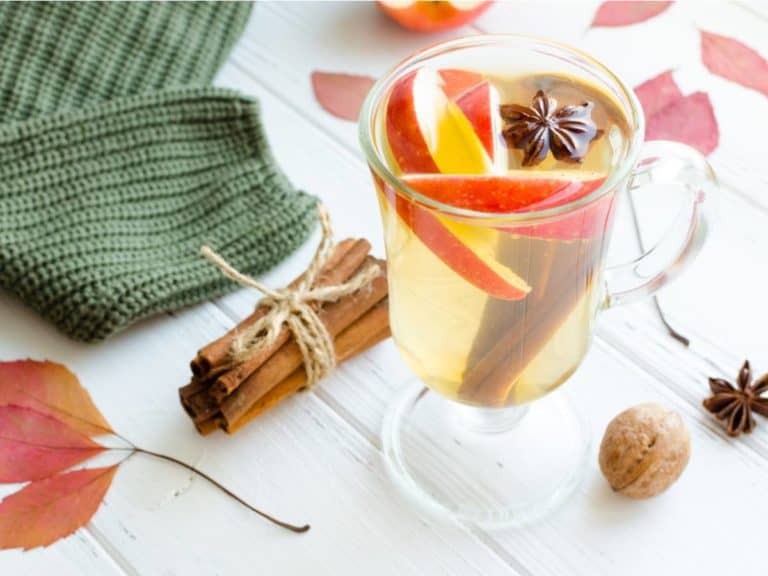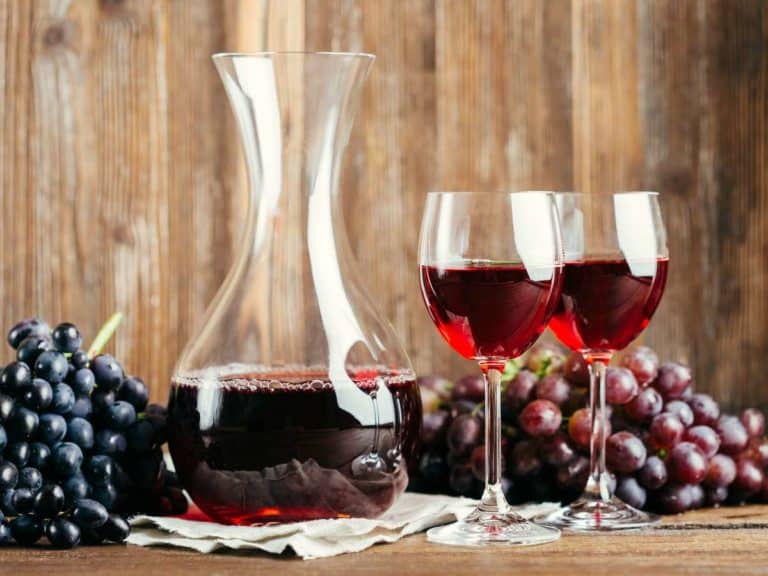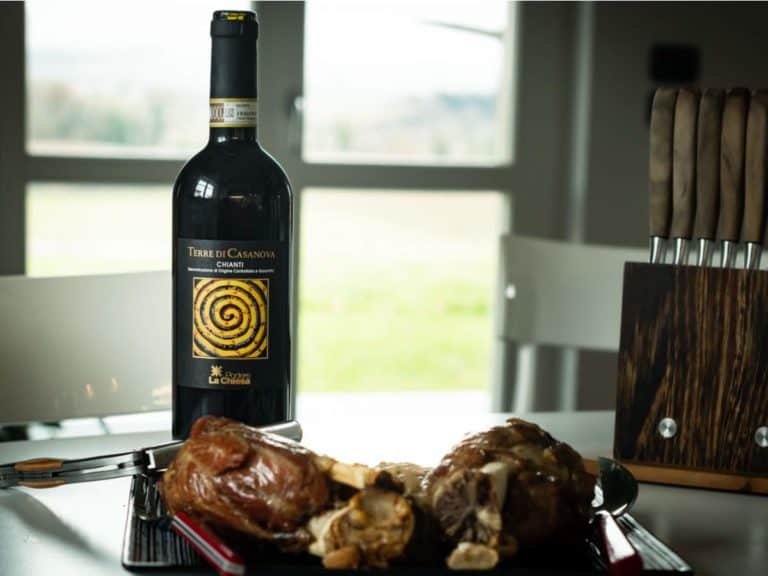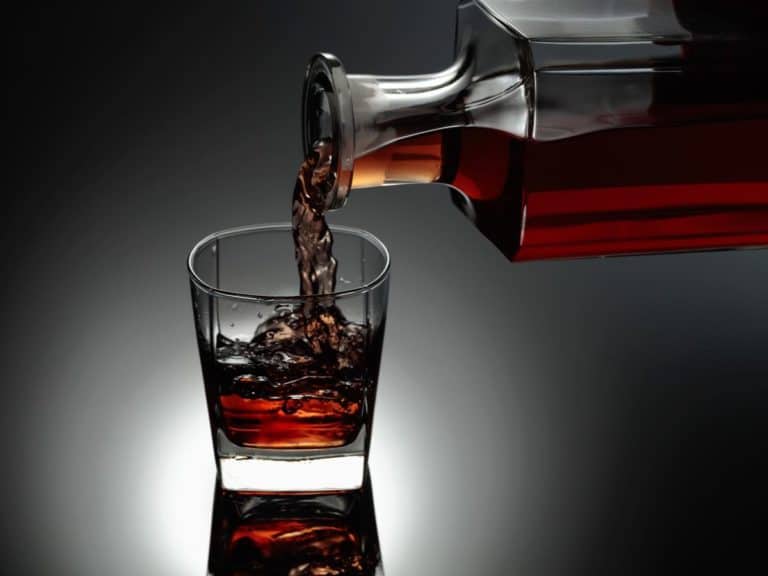How Much Alcohol is in Barefoot Wines
For decades, Barefoot Wines have been a staple on grocery store shelves due to their popularity and low price. It produces many wines, catering to the taste-buds and likings of different individuals.
Barefoot’s popularity and cost-effectiveness lead many people to be skeptical about the alcohol percentage of the wine and its impact on their health.
It is important to note that Barefoot has a wide range of wines starting from the sweet red wine to the Moscato and the alcohol content tends to vary from type to type.
Sounds confusing, right? Don’t worry. Read on to find out the alcohol percentages of different Barefoot wines.
Related: Which Barefoot Wine is The Best
What Exactly is ABV
Before we start assessing the alcohol levels in the different types of wine offered by barefoot, we need to understand the unit of measurement. “ABV” is the term used to measure alcohol content.
ABV is an abbreviation for alcohol by volume. Typically used to calculate the amount of alcohol in your wine, this statistic represents the number of units of alcohol in your drink.
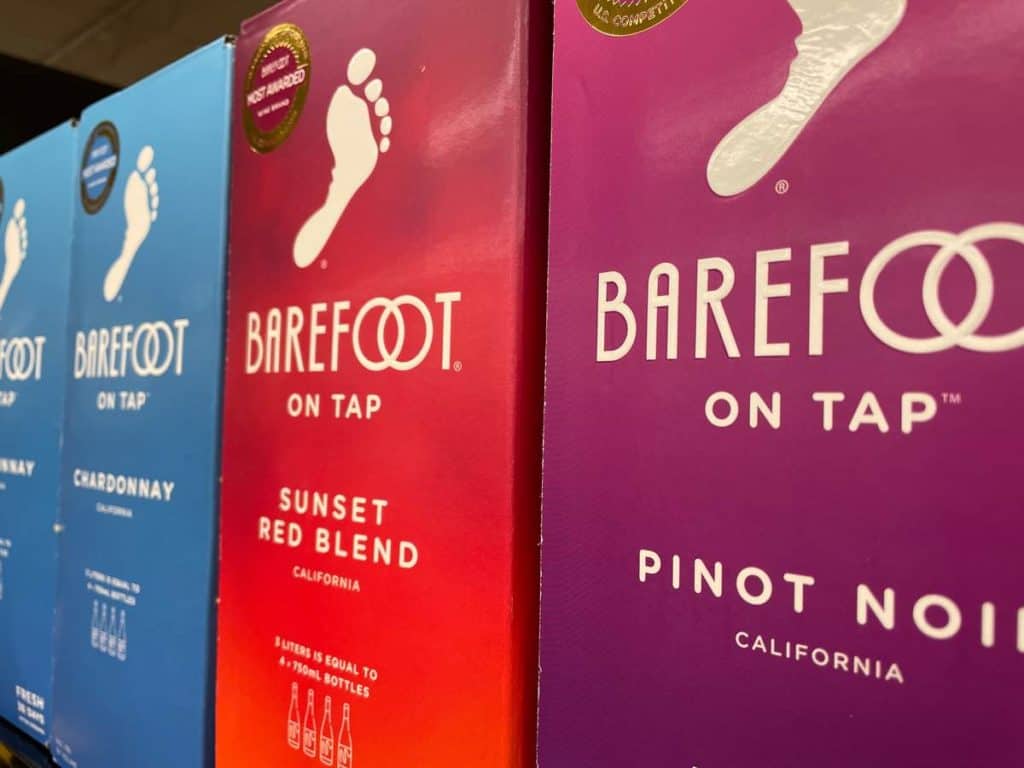
This figure might be as low as 5.0 percent or 15 percent for a soft wine.
With a 12 percent ABV, you can safely have a glass of wine every day. The number of glasses you may drink decreases with the percentage rise in alcohol.
However, if you purchase a bottle of wine with a 5.5 percent ABV, you may drink more of it without negatively impacting your long-term health.
You can find the ABV on the back of each bottle and use it to determine the alcohol concentration in your wine.
How Does ABV Alter the Taste In Wine?
There are three primary ways in which the alcohol content will affect the taste of your wine.
Flavor compatibility – The flavor profile is determined by the interaction of alcohol, acidity, sugars, and tannins. All elements should be present in equal concentration to create a balanced taste character.
For instance, a bottle of red wine with a higher tannin content will also have a higher alcohol content so that neither element is overshadowed by the other.
Too much alcohol in wine with moderate tannin, acid, and sugar levels results in an overbearingly “warm” flavor, similar to a higher-alcohol beverage like vodka.
Body of the wine – The alcohol percentage of wine affects its body, as alcohol is denser than water.
A wine with a more significant alcohol content will have a deeper, fuller body, while a wine with a lesser alcohol content would have a lighter, more delicate flavor.
Different Barefoot Wines And Their ABV
The alcohol content of different barefoot wines is listed below based on their type. Keep reading to find out the best one for your liking.
1. Barefoot Sparkling Wine
This effervescent sparkling wine is infused with lime zest, apple cider, and pear scents. On the tongue, sweet biscuit, ripened apples, and woody notes mingle with a velvety, mellow finish.
This bubbly wine complements meat and seafood meals.
ABV: 10.5%
2. Barefoot Chardonnay
The distinctive California wine is renowned for its silky texture and enticing scents. This flexible Chardonnay is ideal for a midday picnic or festive cocktail event.
This somewhat silky, smooth wine has a sweet flavor evocative of Japanese apples, pineapple, and rich vanilla aromatics.
ABV: 13.5%
3. Barefoot Pinot Noir
The Pinot Noir is a velvety wine with black cherry and raspberry notes that complement the scents of spices like cinnamon and star anise. Pinot Noir is excellent on its own or with food.
It pairs nicely with chicken and pork entrees and is excellent with rich stews and soft cheeses.
ABV: 13.2%
4. Barefoot Moscato Wine
Moscato is a delicate, sparkling white or rosé wine with a modest alcohol concentration that mixes perfectly with sweets and appetizers.
Barefoot Moscato is manufactured using the Muscat grape, also used to make currants. They often have tastes of sweet peaches, mandarin orange, and apricot.
The Pink Moscato wine is prepared from Moscato berries and a small amount of red wine (which gives it a bright pink color.) Pink Moscato wine is somewhat sweet with flavors of luscious peach, strawberries, and raspberries.
This wine complements a variety of barbecue foods and seafood appetizers.
ABV: Sparkling Moscato: 5 – 6%, Still Moscato: 12%
5. Barefoot Rose Wine
The primary scent of the Barefoot Rose wine includes cherry and melon with a tinge of candy. This dessert wine has a lively fruity flavor with citrus, apple, and raspberry flavors.
The aftertaste is soft and sweet, allowing this Rose to be an excellent match for fruits, desserts, and light snacks such as lean meats and kebabs.
ABV: 10.5%
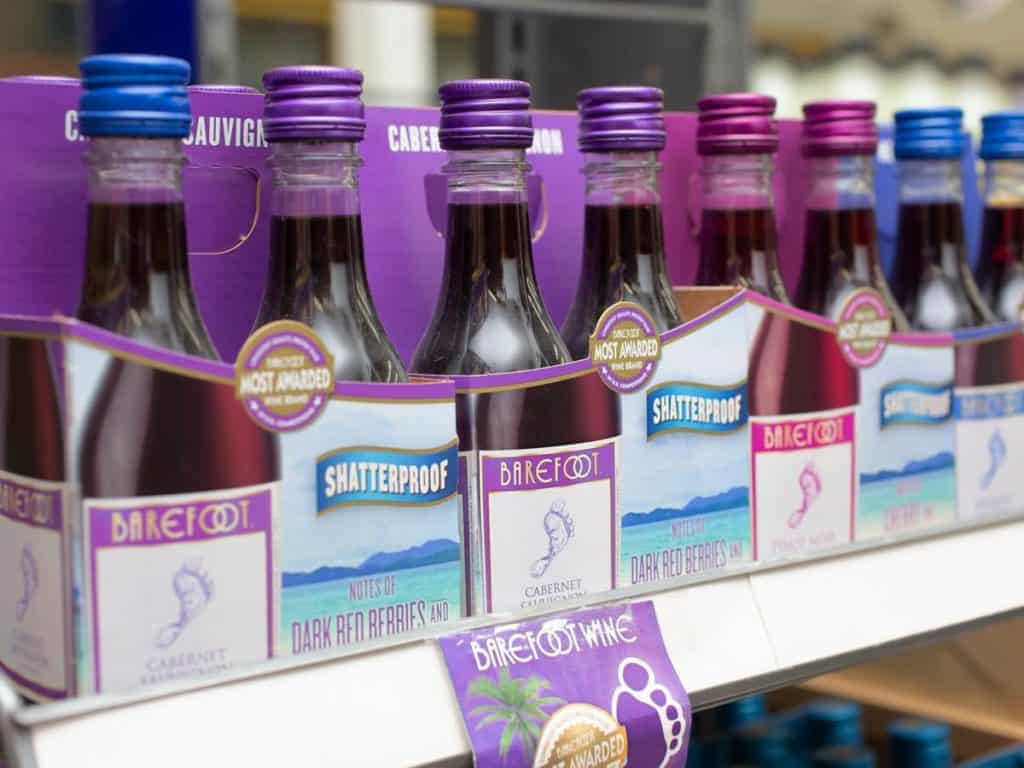
6. Barefoot Chardonnay Wine
This Chardonnay from Barefoot has a light-yellow hue, higher alcohol content, and smells of white berries and peaches with creamy notes on the pallet.
This white wine has blackberry, pineapple, and mild lemon notes with a hint of apple on the finish. The finish is lengthy and fruity, with subtle smoky undertones.
This dry wine pairs nicely with pasta dishes made with white sauce and meats.
ABV: 13.5%
7. Barefoot Zinfandel
The barefoot Zinfandel has an ABV of around 15.5 percent. This full-bodied, rich red wine has a high tannin content and intense blueberry and black cherry flavors.
Zinfandel is mainly grown in California, Tasmania, and Italy.
It complements spicy foods, grilled steaks, and desserts like cakes, waffles, and brownies.
ABV: 15.5%
8. Barefoot Shiraz
Shiraz (Australian slang for Syrah) is a full-bodied red wine with a velvety tannic texture and an alcohol content of 13-15 percent.
This dry wine has a great fruity smell and black cherry, dark berry, and vanilla flavors.
Serve a glass of the Barefoot Shiraz with spicy meals and savory meat dishes such as barbecued ribs and beef.
ABV: 15%
9. Barefoot Riesling
This low-alcohol Riesling wine has a medium body with floral scents and hints of peach blossom, mangoes, melons, and apples.
On the tongue, citrus, bananas, and apricot notes mingle with a touch of acid. The aftertaste is lengthy and well-balanced, with a citrus note.
This dry wine pairs excellently alongside grilled meats or burgers
ABV: 8.5%
10. Barefoot Merlot
This robust Merlot wine from Barefoot vineyards has a sumptuous aroma of raspberry jelly. On the tongue, strawberry, raspberry, and bittersweet chocolate tastes mingle with undertones of vanilla.
The delicate finish is delightfully sweet and lengthy, making it an excellent match for tomato-based foods, chocolates, and other sweets.
ABV: 13%
11. Barefoot Sangria
This tropical Sangria features citrus, raspberry, orange scents, and a mouthfeel of pineapple, mango, and lime.
The aftertaste is clean and refreshing, with a moderate sweetness, making it the ideal partner for beach parties and barbecue gatherings.
ABV: 11%
12. Barefoot Pinot Griggio
This Barefoot Pinot Grigio is a strong-flavored wine with a beautiful lemon color. It has a lemony, flowery bloom, and orange rinds scent on the nose and tastes of dried fruits, syrup, and other tropical fruits on the tongue.
This wine pairs beautifully with pizzas and spaghetti.
ABV: 12.5%
Why Does Alcohol Content Differ in Different Types of Wines?
You may have questioned why your Riesling produces no buzz while your red wine leaves you tipsy and toasty after only a few sips. Much of this is determined by the preparation of the wine. Not to mention that geography and climate also play a vital role.
Muscat, the grape type from which our favorite bottles of delicious Moscato are made, is commonly thought to be the world’s first cultivated grape variety. Additionally, wines made from Muscat tend to have a lower alcohol percentage than many other varieties of wine, as sweetness is prioritized.
According to sommeliers, knowing the correct time to choose a bottle of wine contributes significantly to the temper and taste of your wine. For example, grapes on-season, checking the most bought bottles on the internet, etc.
How Can You Prevent a Hangover?
To avoid those dreaded hangovers, you need to know which wines are the strongest. This also implies that you will put less strain on your liver since you know the ABV concentration.
While you do not need to abstain from more powerful reds and whites, it is critical to pour yourself smaller portions (or skip) if you are experiencing the unmistakable indications of excessive drinking.
This includes nausea, heartburn, and apprehension about upcoming migraines.
With each glass, drink a full glass of water, eat a small amount of food, and pause if you begin to feel unwell. Pay attention to your body’s needs and resist peer pressures to continue drinking (even if you’re confident you can take it).
Not all wines are created equal. This is true for both mouthfeel and alcohol content.
